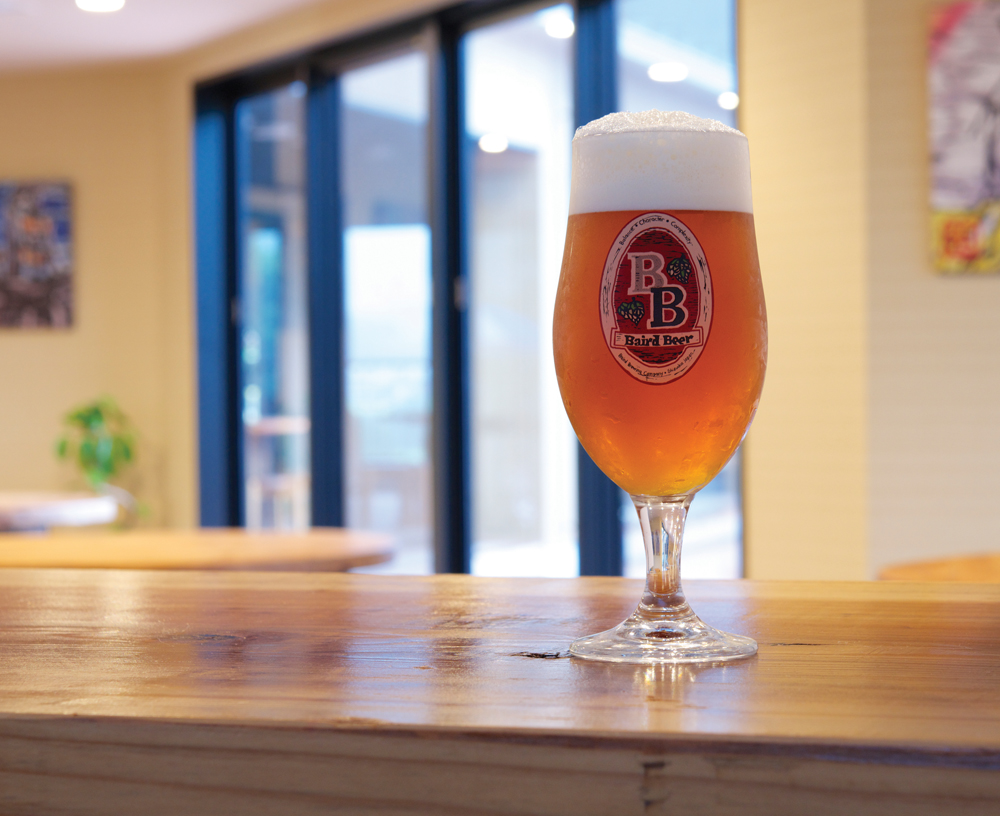Rye is a cereal grain that has been used in beer for centuries, though less so than barley or wheat. It is again getting popular in craft brewing around the world. Rye is closely related to barley, but grows better in poor soils, and can also withstand drought and freezing temperatures, making it an ideal winter crop. Rye is a staple food in central and eastern Europe, from Germany eastwards into Russia, and in Scandinavia, where it is commonly used in dark breads, whole in soups, in gin and vodka, and also in beer.
Naturally, rye beers first developed in these areas. The most commonly-known historical rye beer is Bavarian Roggenbier, which uses 30-60% malted rye and weizen-style ale yeast, resulting in a light and spicy beer that is similar to a hefeweizen but adds a grainy spiciness from the rye malt. These were common until 1516, when the Reinheitsgebot or Brewing Purity Law banned rye in brewing. Roggenbier made a comeback of sorts in the late 20th century, though it is still far from common. Thurn und Taxis Roggen is probably the most famous of the type, and can sometimes be found in Japan. For a Japanese Roggenbier, Baeren Rye is very authentic and probably the best of its type. Baeren has made a Rye Bock and a Roggen Weiss in the past as well.
Several northern European countries also have traditions of brewing with rye. Sahti in Finland generally includes rye along with other grains and juniper berries, as do Gotlandsdricka in Sweden and Koduõlu in Estonia. These traditional beers are still often brewed at home, and while commercial examples exist, those tend to be somewhat simpler in character. These are yeasty, spicy, and sometimes smoky beers with rich, interesting flavors that can be shocking to the uninitiated. Kvass is made in Baltic and Slavic countries by fermenting (usually rye) bread, often with added fruits. It is low in alcohol (0.5-1.2%) and is often treated as a soft drink rather than a beer.
Rye Beer has become more widely popular with its growing use in American craft brewing. There, it is often found in IPAs (RyeP.A.s?) and Belgian-influenced farmhouse ales. Rye adds a distinct spiciness to the beer, which works well with certain types of new world hops, and also goes well with the spicy strains of farmhouse yeast. It also adds a creaminess to the body, and a bit of red to the color. Since rye kernels have no hard outer husk, however, they soak up lots of water and are notoriously hard to brew with. Imagine a kind of thick, gummy gruel (like okayu) in the mash tank and you will not be far off. Thus we have beers with names like “Brewer’s Nightmare Rye IPA,” a yearly beer from Baird Brewing, where the spicy rye is well paired with several types of hops. Nightmare for the brewer, but great for the drinker!
Some of the more interesting American rye beers that are imported into Japan include Left Hand’s Fade to Black, a black rye ale, and Alpine’s Nelson IPA, where the rye makes a nice match with the Nelson Sauvin hops. Sour in the Rye, from Bruery Terreux, is a barrel-aged sour beer with a substantial amount of rye in the recipe. Rye beer aged in rye whiskey barrels is also a new thing, as seen in Boulevard’s Rye-on-Rye, though you will need good luck finding this 12% ABV monster in Japan!
More and more Japanese craft breweries are using rye as well. Shonan, Tango Beer, and Sakai Harvest Hill all make rye lagers, an interesting and more subtle use of the grain. Various types of rye ale have been made by Ise Kadoya, Swan Lake, Coedo, Campion Ales, Locobeer, and Chateau Kamiya, to name a few. One unique rye beer is Kyoto Gururi, brewed by Niigata Beer for Kyoto’s Yamaoka Sake Store, using locally-grown Kyoto rye. And I must mention Zakkoku Kobo in Saitama, where brewer Suzuki Hitoshi uses his own family-grown rye in several unique beers, most notably his fine Zakkoku Weizen and Rustic Saison.
As the search for new and unique flavors in craft beer becomes more intense, we can expect the use of alternative grains such as rye to increase even more. Farmhouse rye beers, sour rye beers, rye barrel aging, RyeP.A.—it is a grain we need to become familiar with.
All Beer Styles articles are written by Mark Meli, author of Craft Beer in Japan.
This article was published in Japan Beer Times # () and is among the limited content available online. Order your copy through our online shop or download the digital version from the iTunes store to access the full contents of this issue.





